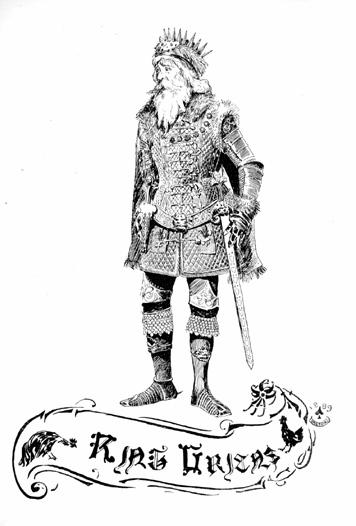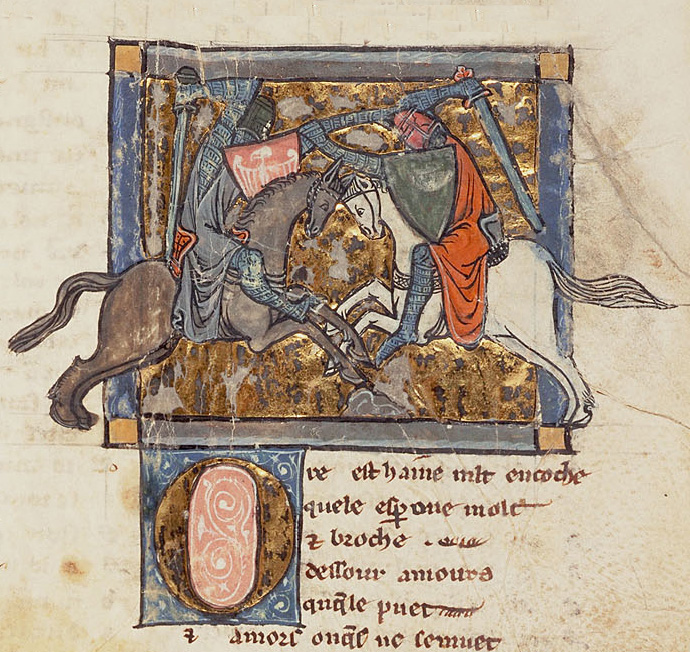Midsummer, the longest day and the shortest night of the year.

Celebrate the light.
The summer solstice is a great time to honour the sun. You can make solstice sun tea by adding edible flowers and herbs to a jar filled with water, then leave it out in the sun to steep. You can also make a sun mandala with petals from orange and yellow flowers. Arrange the petals in decorative, circular patterns while maintaining a vision of peace and serenity.

The summer solstice is a great time to find inner peace and balance. Try the sun salutation and the tree pose or simply sit quietly for a while. Meditation and yoga are intended to exercise both your body and your soul, balancing both in harmony through thought and physical movement. Begin this routine on the morning of the summer solstice and aim to make it a daily habit from this time on.

The summer solstice has been celebrated for centuries, with all sorts of traditions growing up around it. In the northern hemisphere, the summer solstice is usually celebrated on the 20/21st June, while in the southern hemisphere, it's usually celebrated on the 21st of December. To make the most of the summer solstice, celebrate the light and nature by engaging in outdoor activities like making a flower crown, working in the garden, or playing in the water. You can find balance on the solstice by meditating, doing yoga, or starting a gratitude journal. Enjoy time with your loved ones at a summer solstice festival, feast, or bonfire.

This is the peak of the Solar year and the Sun is at the height of its life-giving power. Yet within this climax is the whisper and promise of a return to the Dark. As the Light reaches its peak so this is also the moment when the power of the Sun begins to wane. From now on the days grow shorter and the nights grow longer and we are drawn back into the Dark to complete the Wheel of the Year.

Traditionally people stayed up all night on Midsummer's Eve to welcome and watch the sunrise. Bonfires were lit on tops of hills, by holy wells, at places held sacred, to honour the fullness of the Sun. At Litha the bonfire really represents a reflection of the Sun at the peak of its strength. The chosen wood would often be Oak and aromatic herbs were scattered into the fire. People danced around the fires and leap through them. Blazing herbs from the sacred bonfire were used to bless the animals. Blazing torches were carried sunwise around homes and fields. Coals from the Midsummer fire were scattered on fields to ensure a good harvest.

Tree worship has always played a large role in Midsummer festivities and trees near wells and fountains were decorated with coloured cloths. The Oak King who has ruled the waxing of the year represents strength, courage and endurance, and the Oak has always been particularly significant at Litha. The Celtic name for Oak is 'Duir' which means 'doorway' - we are crossing the threshold, entering the doorway into the second, waning part of the year.

Mistletoe was and is, highly revered by the Druids. It is regarded as particularly potent when it grows on Oak, the noblest of trees, growing between the worlds of Heaven and Earth. Although it is more commonly associated with Yule and the Winter Solstice, it was often gathered ceremonially at Midsummer when it is regarded as being at the height of its power.

All herbs are reaching their peak at this time of year and thus the fullness of their healing and nurturing potency. Giving a bunch of herbs as a gift on Midsummer Day is wonderful.

All of the flower kingdom is reaching its peak, wide open, full of colour, surrendering their perfume.

Our lovely bees are now making honey. Midsummer full moon is known as the 'Honey Moon' for the mead made from honey. This is often part of handfastings performed at the Summer Solstice. Mead is regarded as the divine solar drink, with magical and life-restoring properties. Drink to celebrate and toast the life-giving abundance of the Sun.

The natural world is full of colour at this time. Choose blue for the sky, green for the grass, yellow for the Sun. Or red, orange and purple to honour all the blooming flowers. Or choose the colours of the four elements - red, blue, green and yellow.

Ideas for Your Table/Altar
Oak leaves, oak leaves and more oak leaves. All the abundance of all the herbs, flowers and grasses that are so very available at this time. Candles in Sun colours. This is a shrine to honour the Sun - Sunflowers!
Magickal Elements

Moon Bowl Charm
A full moon charm to enhance your natural radiance to celebrate the beauty of Midsummer.
You will need: A glass or china bowl, a glass or china jug and a small white candle. Remember the candle needs to burn away completely so choose a small one.
Draw your water into the jug - rainwater is best, but freshwater from the tap is fine. Take the jug of water, the bowl and the small white candle outside and place them on the ground. Light the candle in a suitable holder and place it at the top of the bowl - at the midnight/noon point of a clock face. Pour the water into the centre of the bowl and say:
"Renewing water shining bright
Weave your charm in my bowl of Light"
Place your Moon Bowl in the moonlight so the light of the full moon is reflected in the water and leave the candle to burn down.
When this is complete take your bowl and dip your hands into the water and as you gently splash the moon water onto your face say
"By Full Moon charm,
By Full Moonlight,
May inner beauty shine through tonight.
Brightest Blessings of the Goddess shine through me."
When you have finished, return the water to the Earth. I always pour it on my favourite Holly Tree.
Charm donated by our lovely Counter Enchantress.

Love and Light,
Trace
xoxo







































